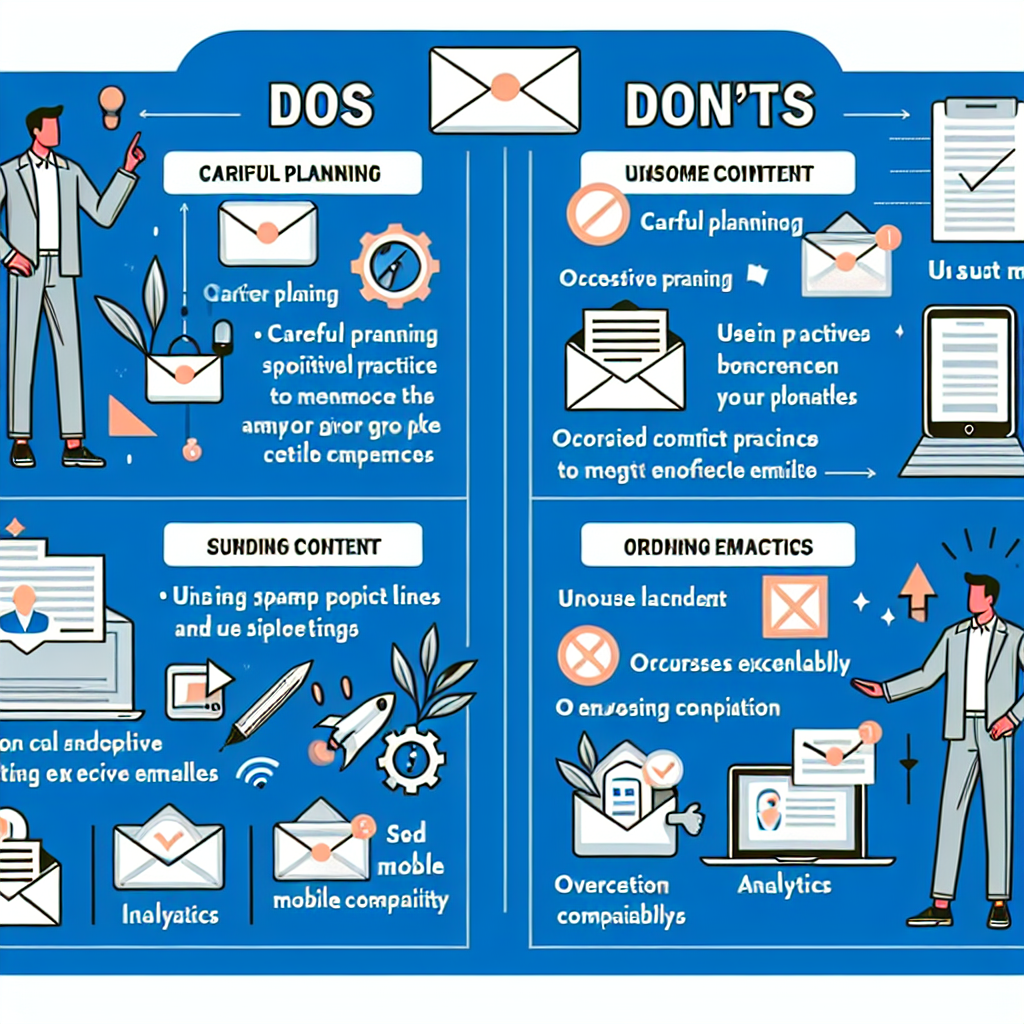The Ultimate Guide to Funnel Tracking and Analytics
Understanding your sales funnel and how users move through it is crucial for optimizing your marketing efforts and boosting your conversion rates. Funnel tracking and analytics provide valuable insights into each stage of the customer journey, helping you identify bottlenecks and opportunities for improvement. In this ultimate guide, we’ll explore everything you need to know about funnel tracking and analytics, from basic concepts to advanced strategies.
What is Funnel Tracking?
Funnel tracking involves monitoring the steps that potential customers take as they move through your sales funnel, from initial awareness to final conversion. By analyzing the data collected at each stage, you can pinpoint where users drop off and optimize your marketing strategies to keep them engaged and moving forward.
The Importance of Funnel Tracking
Funnel tracking is essential for several reasons:
- Identify Weak Points: Identify stages where users are dropping off and take corrective actions.
- Improve Conversion Rates: By understanding and optimizing each stage, you can significantly improve your conversion rates.
- Allocate Resources Efficiently: Focus your marketing efforts and budget on stages that need the most attention.
- Optimize User Experience: Ensure a smooth and engaging journey for your users, increasing the likelihood of conversion.
Key Metrics in Funnel Analytics
To effectively track and analyze your sales funnel, you need to focus on the following key metrics:
1. Conversion Rate
The conversion rate is the percentage of users who complete a desired action at each stage of the funnel. For example, if 100 users visit your landing page and 10 of them sign up for a free trial, your conversion rate for that stage is 10%.
2. Drop-off Rate
The drop-off rate indicates the percentage of users who leave the funnel at a particular stage. High drop-off rates can highlight areas that need improvement, such as unclear messaging or a complicated checkout process.
3. Time to Conversion
This metric measures the amount of time it takes for a user to move from one stage of the funnel to the next. Understanding this can help you optimize the user journey and reduce friction points.
4. Customer Lifetime Value (CLV)
CLV estimates the total revenue a customer is expected to generate during their relationship with your business. Tracking this metric helps you understand the long-term value of your marketing efforts and customer retention strategies.
How to Set Up Funnel Tracking
Setting up funnel tracking involves several steps:
1. Define Your Funnel Stages
Identify the key stages of your sales funnel, such as awareness, consideration, decision, and retention. Each stage should represent a distinct part of the customer journey.
2. Set Up Tracking Tools
Use analytics tools like Google Analytics, Mixpanel, or Kissmetrics to set up tracking for each stage of your funnel. These tools allow you to create custom events and track user behavior in real-time.
3. Implement Tracking Code
Add tracking code to your website or app to monitor user actions. This code captures data on user interactions, such as page views, clicks, and form submissions.
4. Analyze and Optimize
Regularly analyze the data collected from your funnel tracking efforts. Look for patterns and trends, and use this information to make data-driven decisions for optimizing your funnel.
Advanced Funnel Analytics Techniques
Once you have set up basic funnel tracking, you can dive deeper into advanced analytics techniques to gain more insights:
Cohort Analysis
Cohort analysis involves grouping users based on shared characteristics or behaviors and analyzing their actions over time. This technique helps you understand how different segments of users move through your funnel and identify trends.
A/B Testing
A/B testing involves creating two versions of a page or element and testing them against each other to see which performs better. Use A/B testing to optimize your funnel by experimenting with different headlines, calls-to-action, and designs.
Multi-Touch Attribution
Multi-touch attribution tracks the various touchpoints a user interacts with before converting. This technique helps you understand the impact of each marketing channel and optimize your efforts accordingly.
Predictive Analytics
Predictive analytics uses machine learning algorithms to forecast future user behavior based on historical data. This technique can help you identify high-value leads and tailor your marketing strategies to maximize conversions.
Common Funnel Tracking Mistakes to Avoid
While funnel tracking can provide valuable insights, there are common mistakes that can lead to inaccurate data and misguided decisions:
1. Ignoring Mobile Users
With the increasing use of mobile devices, it’s essential to track and optimize your funnel for mobile users. Ensure your website and app are mobile-friendly and that your tracking tools capture mobile interactions accurately.
2. Focusing Only on Top-of-Funnel Metrics
While it’s important to attract users to the top of your funnel, don’t neglect the middle and bottom stages. Analyzing and optimizing each stage is crucial for driving conversions and maximizing ROI.
3. Overlooking Qualitative Data
Quantitative data is valuable, but qualitative data, such as user feedback and surveys, can provide deeper insights into user behavior and preferences. Use a combination of both to gain a comprehensive understanding of your funnel.
4. Not Updating Your Funnel Stages
Your sales funnel may evolve over time as your business grows and your marketing strategies change. Regularly review and update your funnel stages to ensure they accurately reflect the customer journey.
Conclusion
Funnel tracking and analytics are powerful tools for understanding and optimizing your sales process. By monitoring key metrics, setting up tracking tools, and applying advanced analytics techniques, you can gain valuable insights into user behavior and make data-driven decisions to improve your conversion rates. Avoid common mistakes by focusing on both quantitative and qualitative data, and regularly updating your funnel stages to reflect changes in your business. With a well-optimized sales funnel, you’ll be better equipped to guide users through the customer journey and achieve your marketing goals.


